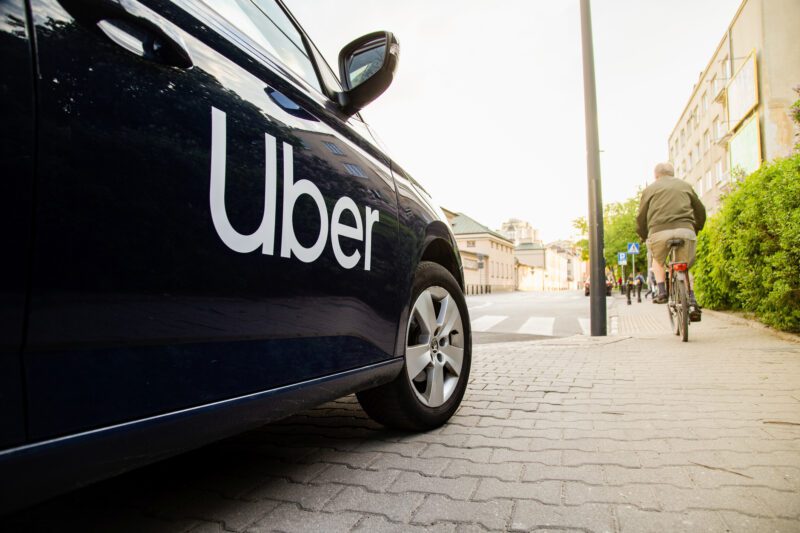Taxi booking apps can make journeys easier for people with additional needs, especially those with hidden disabilities.
By ticking a few boxes, they can book a taxi or PHV that meets their requirements – whether they use a wheelchair, have an assistance animal or have visual or hearing impairments – which can ease any worries they might have about hailing a cab at a taxi rank, or trying to explain their needs over the phone to a dispatcher.
Accessible advances
But this means that the apps must be easy to use by people with disabilities and additional needs, otherwise advances in technology to improve the booking process will leave them at a disadvantage.
Global Accessibility Awareness Day in July aimed to continue to spread awareness about such issues and to get people “talking, thinking and learning about digital access/inclusion and people with different disabilities”.
The campaign found that most website home pages failed accessibility tests for a variety of reasons, including low-contrast text (86.3%), missing image alt text (66%), empty links (59.9%) and missing form input labels (53.8%).
It noted that alternative text descriptions for images are vital for those with visual disabilities and who rely on keyboard and not a mouse to access websites.
And it found that video captions are also essential for people who are deaf or hard of hearing and people with motor impairments may need alternative keyboards, eye control or other adaptive hardware to help them.
Improvements
Tied in with the awareness day, Uber launched new features and improvements to its ride-hailing app to continue to increase accessibility for customers, as well as staff.
The ride-hailing company said: “Our goal is to build a platform that’s accessible to users of all abilities and to drive inclusion in our communities even further. This Global Accessibility Awareness Day, we’re adding new features and improvements in the app to continue our important progress on accessibility.”
To help drivers and couriers, new features include flashing and vibrating delivery requests, notifications to the customer to let them know their courier is deaf or hard of hearing, and the option for text-only messaging.
For passengers, it also launched a pilot in Austin, Texas, which allows them to book a wheelchair-accessible vehicle up to 90 days in advance and hopes to expand the scheme in future.
In instances when a passenger with a disability believes a driver has discriminated against them, Uber has updated the history feature to make all previous trips and cancellations available so that it is easier to investigate and take any necessary action.
Obstacles
Another update which will help make the app more accessible to everyone, not just those with disabilities, is the Auto Translations feature, which Uber says will “automatically translate any in-app messages sent between users. Riders, customers, and drivers around the world will automatically receive messages in their preferred language, across 50+ supported languages.”
Taxi and PHV drivers know their responsibilities when it comes to carrying passengers with disabilities, such as those who use wheelchairs or are travelling with assistance animals.
Drivers also know that they are a lifeline for people with disabilities and as technology continues to improve to help drivers and passengers, it is vital that accessibility is taken into account at every step.


